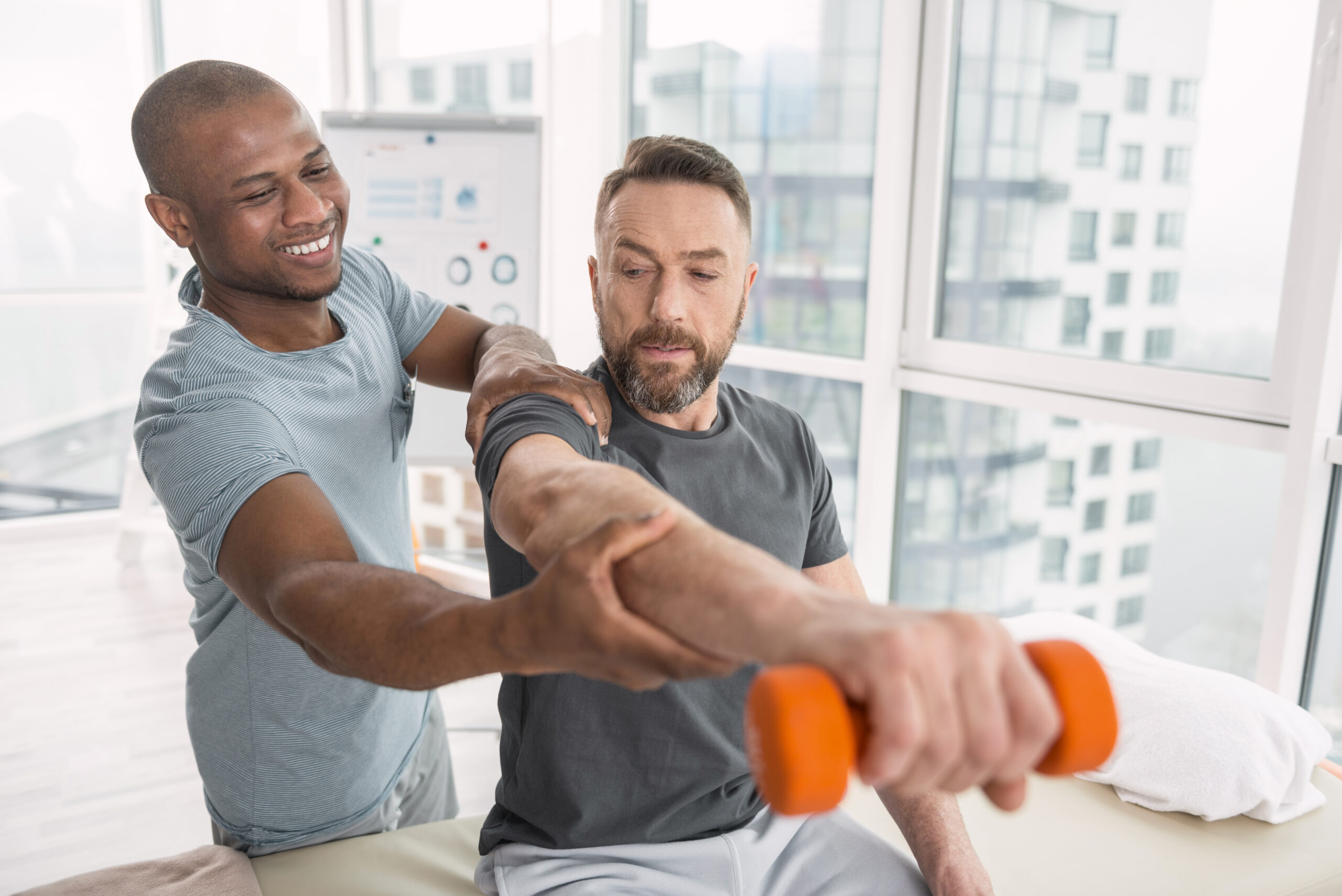Unleashing Collective Drive to Enhance Achievements and Commitment in Wellness Networks
Fitness communities are collectives of individuals who come together with a common goal of improving their bodily well-being and fitness. These communities can be found in various forms, including gyms, sports teams, jogging groups, and virtual fitness platforms. The combined energy produced within these networks plays a crucial part in enhancing individual performance and encouraging dedication among participants. This piece examines how the shared drive and support from peers can elevate wellness standards and strengthen dedication to personal wellness objectives.One of the major advantages of being part of a fitness community is the encouragement that members offer one another. When people work out as a team, they often push one another to reach their full potential. This concept, referred to as social facilitation, indicates that people perform more effectively when they are in the company of others. The excitement and energy that circulate through a team during a workout routine can motivate participants to push further and accomplish more than they would alone. This shared moment not only boosts physical output but also builds a feeling of camaraderie among members.
Responsibility is another essential aspect of fitness groups that helps elevate dedication to wellness goals. When individuals belong to a group, they are more likely to attend for workouts and stay consistent with their fitness routines. Understanding that peers are counting on them can inspire participants to adhere to their plans and prevent missing workouts. Moreover, presenting individual progress with the group can cultivate a sense of responsibility, as participants recognize successes and encourage each other through obstacles. This responsibility can be especially valuable for those who have difficulty with maintaining drive on their own Check This Out initiative.
Moreover, wellness communities often provide access to tools that improve results. Many teams have skilled trainers or knowledgeable participants who can provide guidance on effective workout methods, dietary guidelines, and harm prevention strategies. By learning from one another and sharing insights, group participants can improve their skills and understanding of fitness. Additionally, team events such as sessions or team sports often introduce individuals to new exercises that they might not try independently. This introduction works to broaden motivation strategies for personal trainers training routines and maintains members involved in their wellness pursuits.

In summary, harnessing collective energy within fitness communities significantly impacts individual performance and dedication levels. The encouragement from peers fosters an environment where members feel motivated to extend their limits while remaining accountable to their objectives. Availability to collective insights and tools additionally improves the entire benefit of becoming a member of these groups. As individuals continue to engage in these supportive groups, they not only improve their physical health but also build lasting connections that add to their quality of life over time.